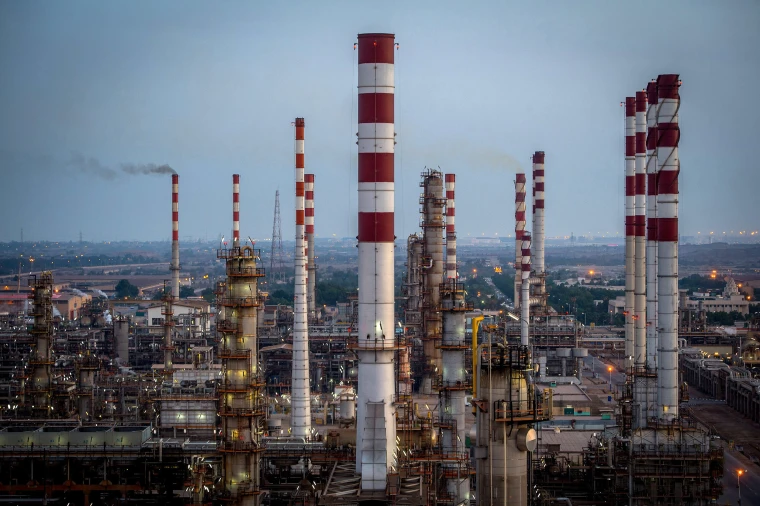
The Impacts of Storage Contango on Physical Oil Markets?
The oil market is a complicated system that can be influenced by various aspects such as supply and demand, geopolitical occasions, financial plans, and storage expenses. In this article, we will certainly concentrate on the result of storage contango on physical oil markets. oil trader. app, which is an oil investor platform, can play a significant duty in promoting purchases within these markets.
What is Storage Contango?
In a scenario referred to as storage contango, the cost of a commodity for future shipment surpasses its existing market price. This translates to the reality that if you purchase a commodity now to market it later on, you can sell it at a price that is greater than its current market price.
When it comes to oil, storage contango is typically brought on by the prices connected with storing the oil until it’s provided on a future day. As time passes, the cost of storing, guaranteeing, and financing the oil enhances, leading to higher rates for future delivery. This is because the product holder has to factor in these expenses when identifying the future price of the commodity.
The disparity between the spot price and futures price of an asset can be a beneficial indicator of market characteristics. When the futures price surpasses the spot price, a phenomenon known as contango, implies that market individuals prepare for an increased need for the product in the future. On the other hand, backwardation, which takes place when the futures price drops listed below the place price, may show a current oversupply of the commodity.
What are the implications of storage contango on physical oil markets?
High storage contango in physical oil markets has significant effects. Elevated contango degrees inspire traders to stockpile oil in containers, anticipating a future price rise. This enhances demand for storage space centers, potentially leading to a lack of available area. Subsequently, storage space rates may climb, making oil storage space extra costly for traders. This can develop a self-reinforcing cycle: enhanced storage expenses add to greater contango, encouraging even more oil storage space.
The effect of storage contango on physical oil markets is also really felt in terms of supply and need. When the contango is high, it produces a reward for producers to generate even more oil and sell it at the present area price. This can lead to an oversupply of oil out there, which can place downward stress on prices. On the other hand, when the contango is low or non-existent, it creates a reward for producers to hold back on production and wait for the future price to climb. This can bring about a scarcity of available supply, which can put higher pressure on prices.
Instances of Storage Contango in the Oil Market
Nonetheless, the rise in oil storage space created a lack of available storage centers, leading to a boost in the cost of storage. This rise in storage expenses, even more, increased the contango, making it a lot more attractive for traders to store oil. This created a feedback loophole that continued till the contango was gotten rid of, and the marketplace returned to a state of backwardation. In a backwardation market, the place price of oil is more than the future price.
This example shows just how contango, the condition where future rates are higher than existing prices, can occur in the oil market because of oversupply and high storage space prices. Thus, it is essential to carefully check market characteristics and prepare for possible storage shortages to prevent future contango scenarios.
Conclusion
In conclusion, the effects of storage contango on physical oil markets can be substantial. It can produce incentives for traders to save oil, causing a shortage of available storage facilities and a rise in storage prices. It can likewise lead to an oversupply of oil in the marketplace, putting down pressure on prices. Recognizing the dynamics of storage contango is crucial for oil traders and financiers looking to browse the complex oil market.

![Zanari CBD Gummies Reviews [NEWEST UPDATE] Every USA Customer Must Know Before Spending!!! Zanari CBD Gummies Reviews [NEWEST UPDATE] Every USA Customer Must Know Before Spending!!!](https://bingnews24x7.com/wp-content/uploads/2025/10/Golden-Fountain-Farms-CBD-Gummies-150x150.png)






![Green Nature Farms CBD Gummies Reviews [Website Fact Check!] Know The Truth Before Buying! Green Nature Farms CBD Gummies Reviews [Website Fact Check!] Know The Truth Before Buying!](https://bingnews24x7.com/wp-content/uploads/2025/09/Golden-Fountain-Farms-CBD-Gummies-150x150.png)











Average Rating